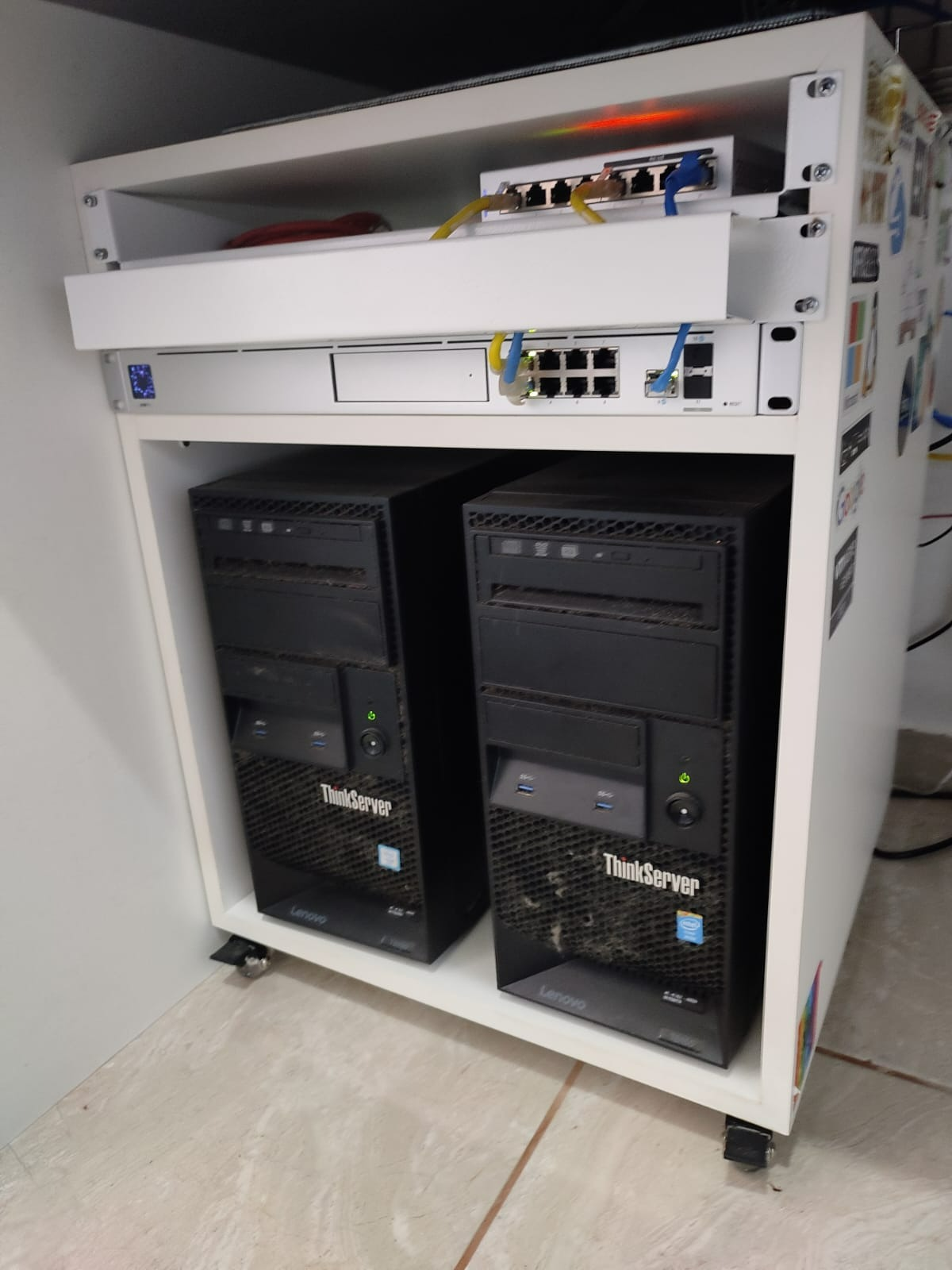Hi everybody!
Im writing this question more like as curiosity and to re-think in my home lab,
I've been using a HP 360 Gen8 with 128GB Ram and 2TB SSD with vsphere 7 to host my full home lab:
3 hosts Vsphere cluster, TrueNas for NAS & NFS storage, and pfsense for routing and firewalling, and a Windows Server 2016 with Veeam B&R.
Now Im thinking in something more “electricity friendly” , but I would love to read some setups and ideas from all of you, and maybe mixing them up a bit we can get with the SUPER HOME LAB!
thnx!
read you in the comments!






